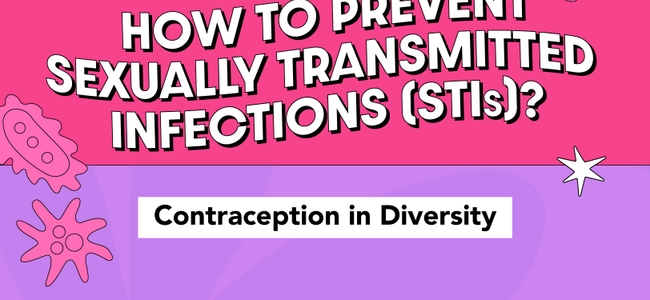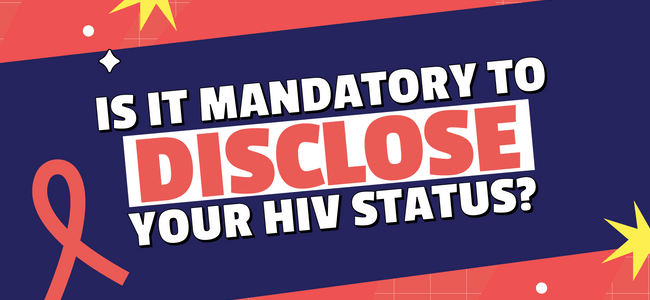What is a Contraceptive Patch?
The Contraceptive Patch also called a Birth control Patch, is a small, thin, square flexible plastic item that is stuck onto the body to prevent pregnancy. Also known as Ortho Evra or Evra, the contraceptive patch looks like a square Band-Aid that is a little less than 5cm wide.
How does the Contraceptive Patch work?
You stick the Patch on your skin, and it releases synthetic progestin and estrogen hormones into the bloodstream through the skin. These hormones are similar to the progesterone and estrogen hormones that are naturally found in a woman’s body. These two hormones prevent your ovaries from releasing eggs (ovulation). They also thicken the cervical mucus to block sperm from getting to the egg.
How effective is the Contraceptive Patch?
For the typical woman, using the patch is 93% effective (7 out of 100 women using the patch for a year will get pregnant). When no mistakes are made, the patch can be up to 99% effective in preventing pregnancy.
[1].
What does a Contraceptive Patch look like?
How is the Contraceptive Patch used?
Before getting this contraceptive, it is important to visit your healthcare provider for a medical evaluation that will determine if it is a good fit for you. In some countries, you will require a prescription before you can purchase this contraceptive.
The patch is easy to use and works like the Combined oral Contraceptive pill. Each patch lasts for one week. You simply stick one new patch on your body, once every week, for three weeks in a row. In the fourth week, you do not use a patch.
Think carefully about where you want to stick the patch – it will be there for a full week. You want to avoid putting the patch where you have loose skin or a lot of folds. Always ensure that the place you are going to apply the contraceptive patch is clean and dry and not sore, irritated, or too hairy. You should not put it in an area where it may get peeled off by tight clothing.
Only peel off half of the clear plastic at first, so you will have a non-sticky side to hold on to. Do not touch the sticky part of the patch with your fingers.
Press the patch down on your selected body part. Hold it for 10 seconds to get a good, firm stick.
The most important thing will be remembering to use a new patch each week. This will help to maintain its effectiveness in preventing pregnancy.
Where do you stick the Birth Control Patch?
You can put the patch on your butt, shoulder, hip, stomach, upper outer arm, or upper torso. Do not put it on your breasts, genitals, soles of your feet, or palms of your hands. The patch should be on your body at all times, both during the day and at night [2].
Does the Contraceptive Patch stop periods?
You will probably get your period during the week without a patch. Some people do not experience periods at all. Once the fourth week is over, start another cycle of patches by applying a new patch to your skin. You may still be bleeding when it is time to put the patch back on. This is normal. Put on the new patch anyway.
Check out the tips and tricks below to make using the Contraceptive Patch easier.
Tip 1: If you start the patch within the first five days of your period, you are protected from pregnancy immediately. If you start later, you will have to wait seven days before you are protected. You should use a backup method during this time.
Tip 2: If you have a short menstrual cycle with periods that occur every 23 days or less, you may not be protected against pregnancy if you start using the contraceptive patch on the fifth day of your period or later and you will, therefore, need additional contraception for the first seven days [3].
Tip 3: Do not use body lotion, oil, powder, creamy soaps, or makeup on the spot where you put your patch. It can prevent the patch from sticking.
Tip 4:Check your patch daily to ensure it is stuck on correctly. It is normal to have a bit of lint build-up around the edges of the patch.
Tip 5: When you remove the patch, fold it in half before you throw it away. This will help keep hormones out of the soil. Do not flush it down the toilet.
What happens if I forget to take my Contraceptive Patch off?
If you forget to remove your patch, you should just remove the old one and put on a new one. Then, make sure to change it on your usual change day. You are still protected from pregnancy if up to the time you forgot to remove it, you used it correctly.
If 48 hours since the time you were supposed to change your patch has lapsed, just put on a new patch and change it on your usual day. In addition, use a backup contraceptive for the next seven days. If you had sex during the last few days, make sure to use emergency contraceptives.
If you forgot to remove the contraceptive patch after the third week, remove the old patch as soon as possible and start on your patch-free week. Then start a new patch cycle on your usual start date. This means that you will have a shorter patch-free week. You are also protected from pregnancy and won’t need to use backup contraception [4].


